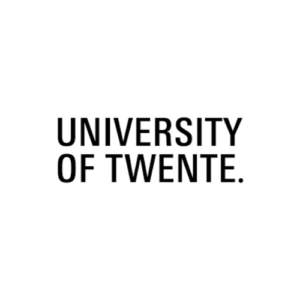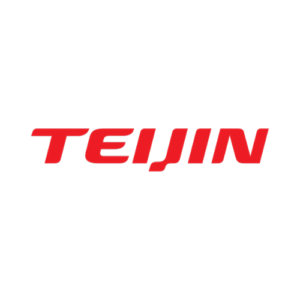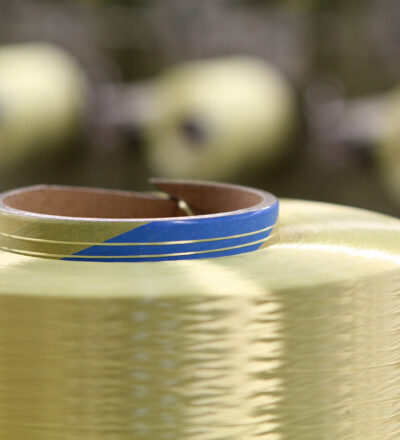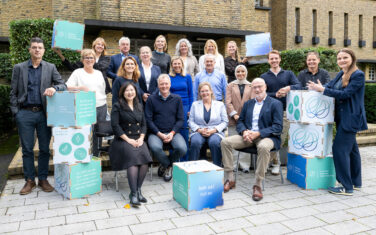Are you aware of the invaluable role of aramids in our lives? They are a class of heat resistant and strong synthetic fibers found in various applications such as ballistic vests, helmets, tires, and protective clothing. Aramids hold untapped potential in the journey towards sustainability. The future holds the promise of transforming these once-disposed materials into a circular value chain, reducing waste, and striving for CO2 neutrality. Aramids are too valuable to be discarded or burned; instead, we envision them as a resource for upcycling or as a new raw material for various industries.
In short:
- Aramazing focuses on aramids, the valuable and strong plastic fibres used in diverse applications.
- In the project innovative depolymerisation technology will be further developed to enable chemical recycling of aramids.
- Collaboration with partners to tailor an effective collection system for used textiles and technical products is key.
- Laying the groundwork for scaling up to industrial levels, contributing to circular and CO2-neutral production of aramids is the goal.
Turning problems into possibilities
In the face of global waste and pollution issues, aramids present a unique problem—and opportunity. These plastic fibres are embedded in various products, from clothing to industrial applications. The current mechanical and physical recycling techniques are insufficient, and the collection and processing chain for used textiles is not yet equipped for this task. We take up these challenges in this project and turn them into opportunities for sustainable development.
Pioneering aramid recycling
Aramazing focuses on the chemical recycling of aramids, using a new recycling process. By utilizing hydrothermal liquefaction (HTL) technology and scaling up to a pilot setup, we aim to build a system for aramid recycling and material recovery. The project also involves the implementation of an effective collection chain for used textiles and technical products.
From labatory to industry
With ongoing research, development and testing, Aramzing aims to achieve insights into every component of the newly developed recycling loop for high quality aramid fibres. The results must give confidence that scaling up to an industrial level is both technically and economically feasible. The potential impact extends beyond just aramid production, possibly leading to broader applications of HTL-depolymerization technology.
Embark on the path to sustainable aramids
The Circular Plastics Roadmap is key to the community of the Circular Plastics Initiative. This landmark project contributes to this roadmap by addressing the circularity of plastic fibres used in high-end and durable applications.
Join our Circular Plastics community on LinkedIn.
You might also be interested in
Acknowledgement & partners
This project is co-funded with subsidy from the Topsector Energy by the Ministry of Economic Affairs and Climate Policy.










